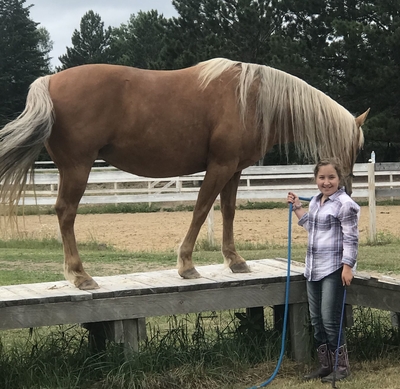
Heart & Hooves Horsemanship is offering a two day clinic July 16-17, 2024. This clinic is open to youth in Grades 5+ (grades 3-4 must receive prior approval from Andy Anderson). Youth must provide a horse with a current negative coggins. This clinic will focus on building a respectful connection between you and your horse through groundwork , horsemanship exercises and an equine obstacle course.

4-H enrollment opens Friday, October 1. Volunteers and participants make sure to stay current with your 4-H enrollment!
Justin and Wililyn Dowell, 2024 Farm Families of the Year recipient
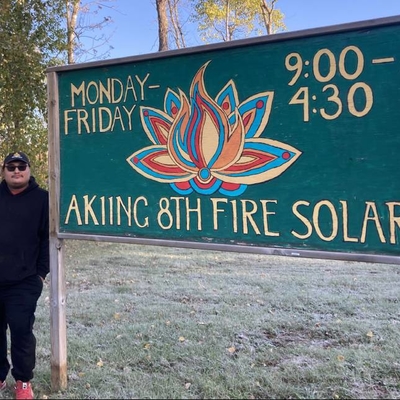
A solar thermal business located on the White Earth Reservation in Northwestern Minnesota hopes their sustainable product can help build a better future for everyone, especially Native American communities.
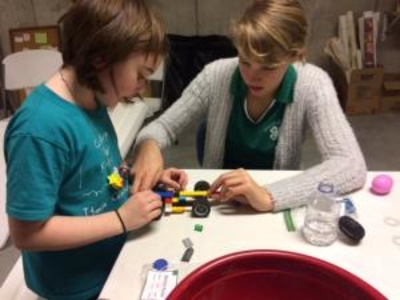
Itasca County’s 4-H Program offers a variety of ways for youth to be involved. Youth have the opportunity to choose based on their interests and age. Youth may also choose to participate in 4-H in more than one program area.
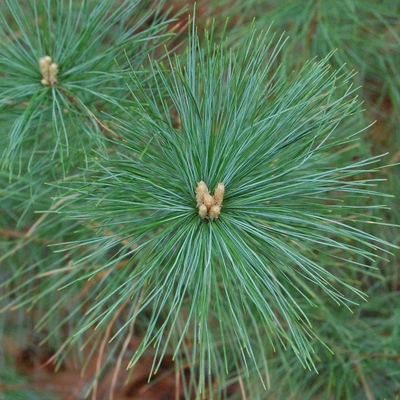
Find climate-resilient, native trees and plants recommended for the Northern Superior Uplands.
Attend Itasca County 4-H’s Evening of Opportunity Tuesday, July 18 at the Itasca County Fairgrounds. The evening will begin with a picnic meal at 6:00 p.m. followed by our county showcase events of Fashion Review, Performing Arts, Demonstrations, Communication Arts and County Pet Show.
Animal ID’s are due May 15 for breeding heifers, cow/calf pairs, prospect calves (steers and heifers), dairy, dairy goats, dog, horse, llama-alpaca, meat goats, poultry (doves and pigeons), rabbits, sheep, and swine. Enter you ID’s in 4honline or download forms and turn into the 4-H office. Ear tags can be picked up in the 4-H office Monday - Friday 8:00 a.m.- 4:30 p.m.
Jumping worms (Amynthas spp.) are an invasive species native to eastern Asia. In fact, no earthworms are native to Minnesota. This article includes a link to more information and where this invasive species has been found.
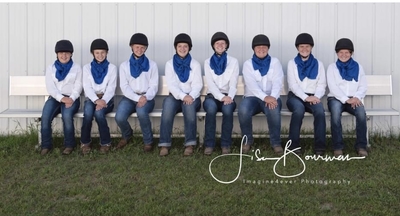
Drill team is a group of horses and riders performing choreographed maneuvers to music. Drill team incorporates coordination and timing with briskness or movement in a manner that is synchronized with others in the drill team. It also provides an opportunity for youth to develop leadership and teamwork skills and enhances the 4-H Horse Project while creating a positive environment for youth to develop mentoring skills with other youth.

